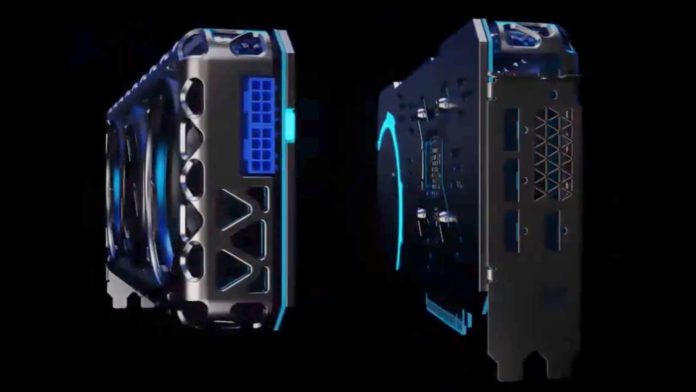With the first 10nm Ice Lake benchmarks out of the door, Intel seems all set to brag about its upcoming dedicated Xe graphics cards (codenamed Arctic Sound). In an interview with a Russian YouTube channel, Raja Koduri, Chief Architect at Intel, claimed that team blue’s dedicated graphics cards would start from just $200 and would pack high-speed HBM memory.
It seems like Intel will be targeting the mainstream consumer market first, an already highly contested space where NVIDIA’s GTX 16 series is the leading product stack. AMD is also planning to launch the 7nm Navi 12 GPUs to replace the dated Polaris lineup by the end of this year, so the competition will be even tougher by the Intel’s GPUs land. However, going by Koduri’s words, it appears that team blue is looking to start a price war with products as cheap as $200 packing HBM memory.
Our strategy revolves around price, not performance.
Raja KoduriFirst , are GPUs for everyone at HBM memory for data centers.
Establishing a foothold in the discrete graphics card market won’t be an easy task but Intel certainly is equipped with the right tools and personnel. With more than a dozen high-profile AMD and NVIDIA employees jumping ship over the past 12 months or so, the company has put together a formidable team led by former RTG head, Raja Koduri and from the looks of it, the company might just make it this time around.

To be honest, this is a bit surprising as I was expecting Intel to target the Data Center market first as it’s a lot more lucrative and pricing isn’t as important as it is in the consumer segment. According to the present roadmap, Raja Koduri and Co seem to be taking the other way around: From lower-end iGPUs to mainstream gaming graphics cards, followed by the enterprise space.
Intel’s 1st Gen Xe cards will be based on the 10nm node and won’t incorporate ray-tracing, not surprising considering that less than a handful of games support it at the moment. However, the company is all set to jump into the high-quality lighting competition against NVIDIA and AMD with its 2nd Gen Xe lineup (7nm).
Intel is planning to launch its first dedicated graphics cards (Xe) by mid-2020, right around the time NVIDIA will be unveiling the 7nm Ampere cards and AMD will be focusing on high-end Navi (Navi 20). The next-gen consoles are also going to hit retail by the end of next year.
Read more:


